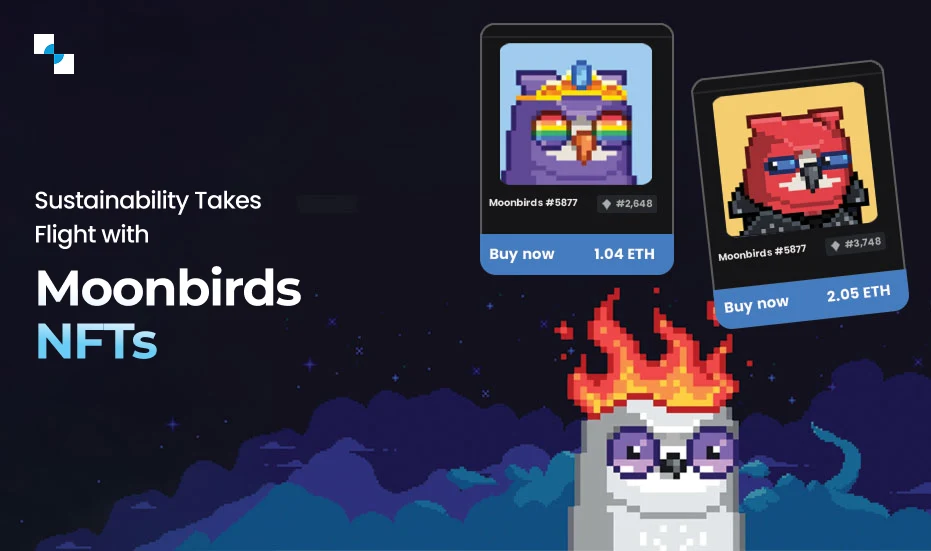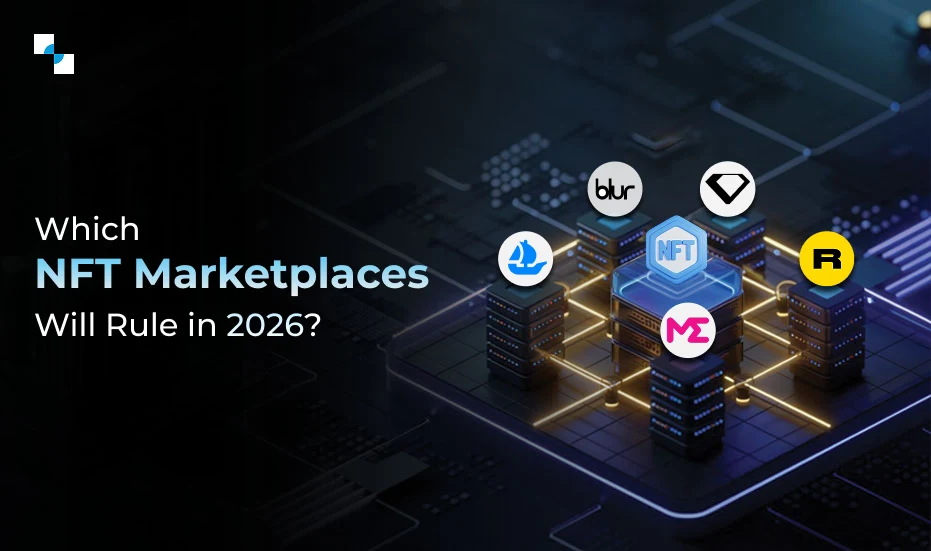An astonishing trend is being picked up by market analysts in the field of Non-Fungible Tokens (NFTs) on a daily basis. The total sales volume increased to $2.5 billion in only around the first six months of 2021, up from $13.7 million in the first half of 2020. This is due to the value associated with their assets and advantages.
The popularity of NFTs has led to the increase in the development of NFT marketplace platforms, and most of the businesses prefer to build clones of popular NFT marketplace platforms to replicate their success. One of the popular clones is the Foundation clone.
Foundation is an Ethereum-based NFT marketplace that enables the listing and buying/selling of NFTs.
The unbeatable features of Foundation DApp include:
- Easy trading
- Artists have total control
- Compatible with smart contracts
- Immutable, completely digital, secure, and rapid
- Copyright protection is in place
How Does the Foundation NFT Marketplace Work?
Foundation NFT marketplace has established itself as a reasonably reliable and curated NFT marketplace after Superrare and NiftyGateway. It describes itself as a crossroads of crypto and culture, fostering a community of artists, creators, and collectors.
Foundation works on the Ethereum blockchain network and so accepts Ether (ETH) for NFT transactions. As a result, an Ethereum blockchain, such as Metamask will support the wallet that must be linked to this exciting marketplace. To properly register an account on the Foundation marketplace and perform transactions, both makers and buyers will need to link their Metamask wallets.
The Foundation and Its Creators: Once an artist has been welcomed to the platform and has minted their NFTs, they can list their work on the Foundation. They should mint their artwork and sell it on the marketplace so that users can interact with it.
While building Foundation clone software, consider the revenue system that you want to have. Foundation takes around 15% of the sale price from the creators, resulting in the creator receiving 85 percent of the total sale price. The inspiration’s most essential benefit is that it automatically deposits 10% of the NFT’s longer-term sales price to the initial seller under the royalty structure.
The revenues, and hence the money, are the rationale for anyone to consider establishing a community-driven NFT marketplace-like foundation. In less than five months since its introduction, the Foundation NFT marketplace has generated a revenue of 26,657 Ethers, or $85,895,453.52. That’s one of the benefits of having an NFT economy that’s creator-driven and centered. Because all of the features are centered on the creators, more artists entrust Foundation with their work and check out to make money. The following are some of the inspiration’s characteristics.
Launch Your Own NFT Marketplace Like Foundation
Schedule Free DemoFoundation features include:
Minting NFTs:
Artists are assisted in minting their digital assets on the blockchain by the organization. The process through which a digital asset/NFT becomes a part of the Ethereum blockchain is known as minting. The NFT may become tamper-proof as a result, and the support is unmodifiable.
Search and Filters: Foundation has a search feature to look for specific creators and collectors. We’ll even use this tool to look for artworks that we’re interested in. Within the Explore tab, there’s also a display of top collectors and creators, which can be sorted according to different periods.
Auctions: The creator can list work on the marketplace as soon as the NFTs are minted. The marketplace operates on an auction basis, with the auction starting as soon as the first offer is placed on the NFT within the marketplace. The auction will not begin if anyone bids. In that instance, the developer can change the price of NFTs, but it will result in gas taxes.
As soon as a Foundation creator creates an account on the Foundation NFT marketplace, a customized profile is generated. This profile page shows the creator’s profile photo and, as a result, their social media links, making it easier for them to gain a following. It also includes all of the piece’s bidding history and a presentation of the artist’s work on Foundation.
History of Art: Each art item developed as a result of the inspiration can usually be traced back to its original first seller. This adds transparency to the system by demonstrating that it knows who created the art, when it was created, and who has owned the art in the past.
Decentralized Storage: The inspiration’s decentralized nature is one of its most compelling selling advantages. This means that, like the NFTs within the Foundation marketplace, there isn’t a secret room somewhere managing the inspiration’s environment and thus the elements. One server does not control the entire ecosystem. It employs a decentralized peer-to-peer network, which improves efficiency, speed, and security and lowers the operation’s value.
What is a Foundation Clone Script
The Foundation Clone Script is an NFT Auction Platform script that uses the Ethereum blockchain to create an NFT platform for live auctions of digital art and NFTs in the creative industry. Bidding for various Foundation artworks, valuing your NFT arts represented in entirely new ways, and building better links with their fans are all elements of the Foundation app clone.
Create an NFT Marketplace similar to Foundation
You can launch your own NFT marketplace like Foundation using a foundation clone script that functions similarly to the Foundation platform. The clone offers the same features and functionalities as the Foundation marketplace.
The foundation clone creation allows NFT artists to navigate digital arts in a decentralized environment and showcase them more transparently on the NFT auction platform utilizing blockchain technology.
Foundation is focused on Creators:
The creators need to fund their MetaMask wallet with ETH before they can build an artist profile and mint an NFT, which involves uploading their JPG, PNG, or video file to IPFS, a decentralized peer-to-peer storage network. Following this, an NFT is created that can be valued in ETH and auctioned on Foundation. Eighty-five percent of the final sale price goes to the creators. If the piece is resold on Foundation (or OpenSea and Rarible), a 10% royalty goes back to the wallet that first minted the NFT—forever.
For collectors, a foundation clone is a utility:
To begin collecting NFTs, anyone can create a profile. They’ll need a MetaMask wallet and ETH to pay for all Ethereum transactions. The auction is extended for another 15 minutes if a bid is placed inside the last 15 minutes. The artwork is transferred to the collector’s wallet and displayed on your Foundation collector profile when you win an auction and claim the NFT. You can then put it in your virtual gallery, publish it on social media, sell it on the secondary market, or try something new.
Foundation Clone works for the sake of the community:
Beyond serving a creator, collector, or developer, the Foundation clone serves the entire community. You may join, participate in, and even imagine new possibilities for various community-led activities and events.
Conclusion:
Foundation NFT marketplace has become the go-to platform for NFT auctions with its simple user interface and easy-to-use capabilities. Many cryptocurrency professionals have begun to invest in Foundation Clone Software Development to attract a large customer base. Contact Antier Solutions to develop a Foundation-like NFT marketplace. We provide a world-class clone script to help you quickly launch a marketplace fortified with all of the features of the Foundation NFT marketplace.
Connect with our subject matter experts to share your business needs.







